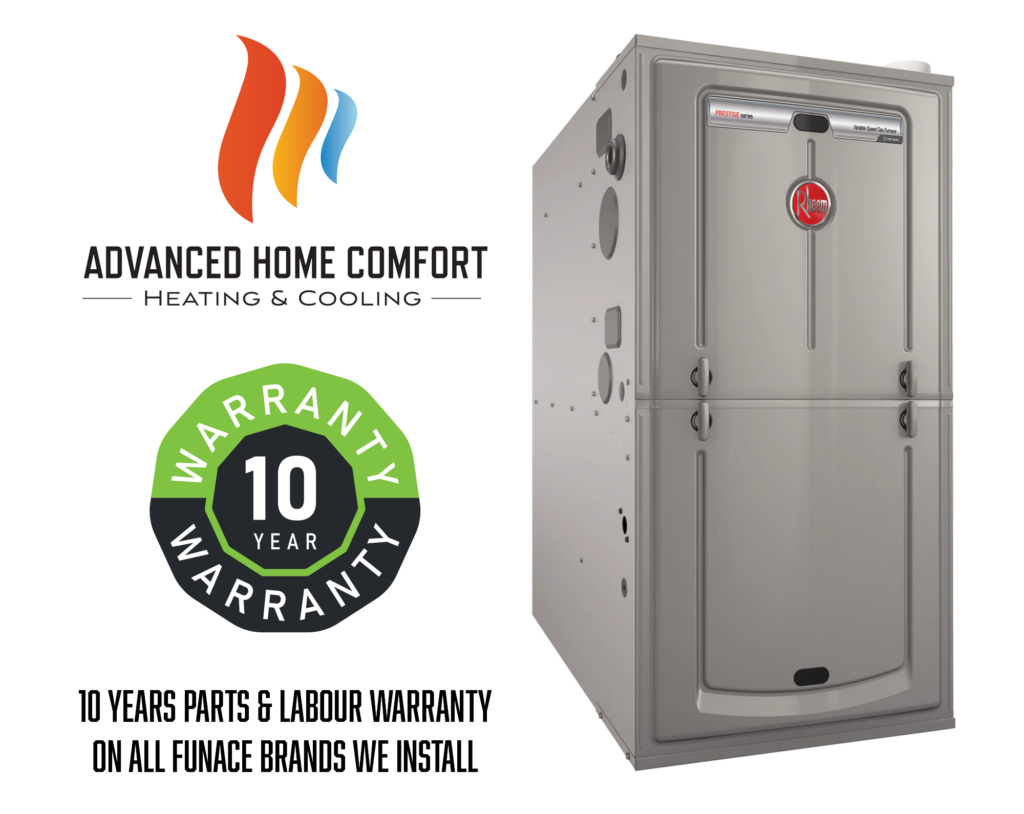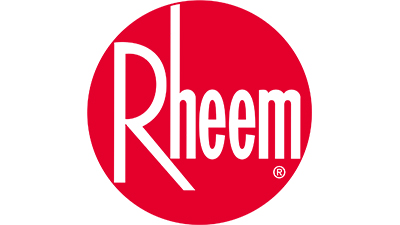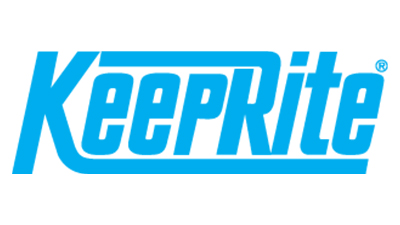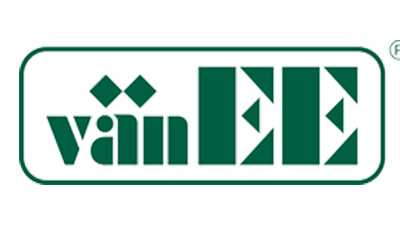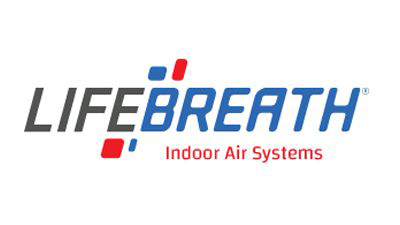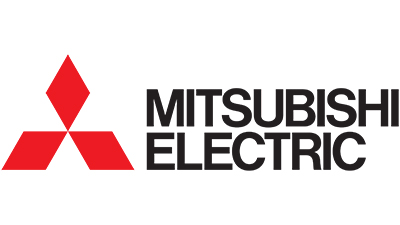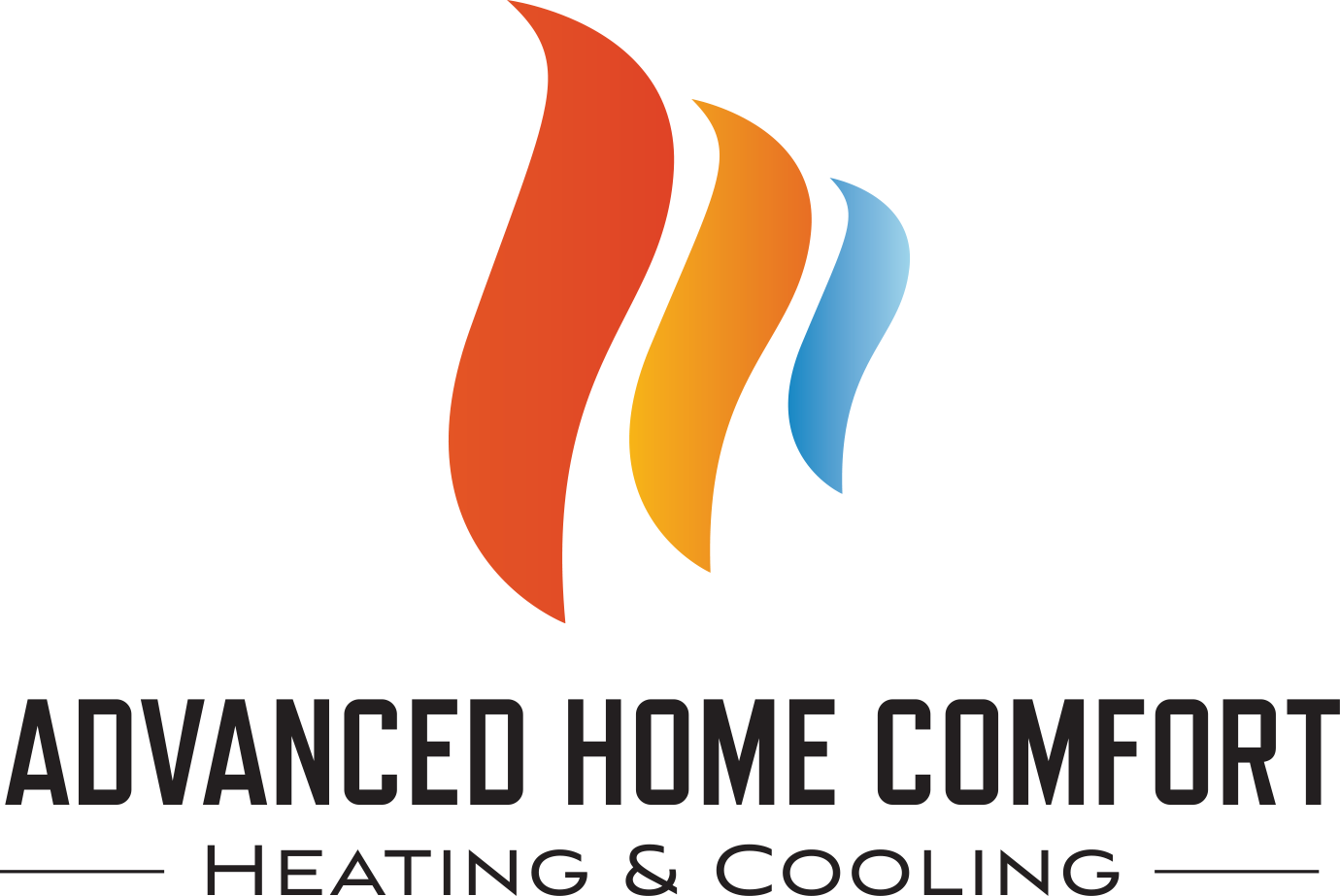As winter settles in, we tend to spend more time indoors, making it crucial to maintain a healthy indoor environment. Unfortunately, winter weather often brings challenges to indoor air quality. Closed windows, reduced ventilation, and increased reliance on heating systems can contribute to a buildup of pollutants. However, with the right strategies, you can improve indoor air quality during the winter and create a healthier living space for you and your family.
1. Regularly Change Air Filters
Your HVAC system’s air filters play a vital role in trapping dust, allergens, and other particles. During the winter, when your heating system is in constant use, these filters can quickly become clogged. Regularly changing or cleaning air filters ensures that your system operates efficiently and prevents the circulation of pollutants throughout your home.
2. Increase Ventilation
While it might be tempting to keep windows closed during the winter, proper ventilation is essential for maintaining indoor air quality. Periodically open windows for a few minutes to allow fresh air to circulate and remove indoor pollutants. If outdoor air quality is a concern, use exhaust fans or consider installing an air exchange system for controlled ventilation.
3. Use Air Purifiers
Air purifiers are effective in removing airborne particles, such as dust, pet dander, and allergens. Consider placing air purifiers in commonly used areas, especially bedrooms and living rooms. Look for purifiers with HEPA filters for optimal particle removal, and make sure to clean or replace the filters according to the manufacturer’s recommendations.
4. Humidity Control
Maintaining the right humidity levels is crucial for indoor air quality. Dry winter air can lead to discomfort and respiratory issues, while excessive humidity can promote mold growth. Use a humidifier to add moisture to the air if it’s too dry and a dehumidifier if humidity levels are too high. Aim for a relative humidity level between 30% and 50%.
5. Keep Your Home Clean
Regular cleaning is essential for controlling indoor pollutants. Dust surfaces, vacuum carpets and upholstery, and mop hard floors regularly. Pay attention to areas where dust tends to accumulate, such as vents, ceiling fans, and blinds. Clean bedding and curtains regularly to reduce allergens.
6. Eliminate or Control Indoor Pollutants
Identify and control sources of indoor pollutants. Avoid smoking indoors, limit the use of candles and incense, and choose low-VOC (volatile organic compound) products when possible. Properly ventilate areas where pollutants are generated, such as the kitchen when cooking or using cleaning products.
7. Test for Radon
Radon is a colorless, odorless gas that can seep into homes and pose a health risk. Consider testing your home for radon, especially during the winter when windows and doors are typically closed. Radon test kits are available for homeowners to use, or you can hire a professional for more accurate testing.
8. Schedule HVAC Maintenance
Regular maintenance of your HVAC system ensures that it operates efficiently and does not contribute to indoor air pollution. Schedule professional maintenance to clean ducts, check for leaks, and ensure that the system is functioning optimally.
